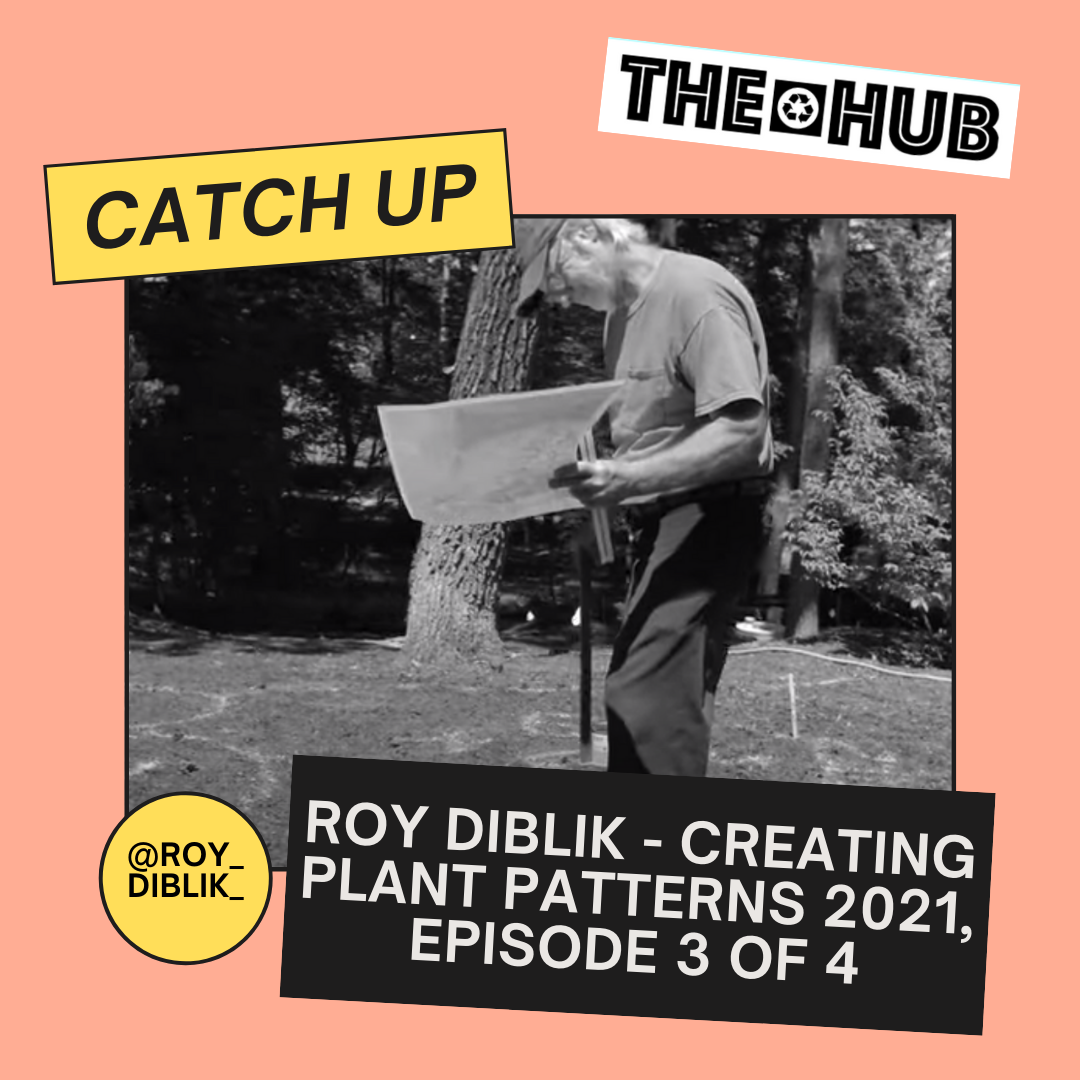Permeability and the Picturesque: British Country Houses at the Turn of the Nineteenth Century
Permeability (Doors and Windows) and the Picturesque: British Country Houses at the Turn of the Nineteenth Century. Mark Girouard, in his iconic Life in the English Country House, playfully noted that by the late eighteenth century, nature had come to be considered ‘refreshing’ rather than ‘frightening’ and, as a consequence, ‘one can watch country houses gradually sinking into the ground and opening up to the surrounding landscape’. Consistent with increasingly popular notions of the Picturesque, this general trend toward lowering the principal floor from piano nobile to ground level, coupled with a growing fashion for full-length windows, resulted in a closer engagement between house and garden. The increase in the size and number of windows fostered a greater openness to light, air and views; in addition, one could often walk directly through these multiple ground-level openings between interior and exterior. This talk will address different forms of permeability, looking at the adoption of various types of windows as well as the growing popularity of attached conservatories and other transitional spaces, such as loggias and verandas. Focusing on the work of James Wyatt (1746–1813), John Nash (1752–1835) and Sir John Soane (1753–1837), it will probe Girouard’s broad overview of the period in more specific detail, assessing how and to what extent leading architects of the day were indeed seeking to blur the boundaries between interior and exterior, with each architect’s distinctive approaches to permeability affecting the experience of moving within and between the house and its surroundings in novel but enduring ways. Rebecca Tropp is currently finishing her PhD in History of Art at St John’s College, University of Cambridge, working under the supervision of Dr Frank Salmon.
Time: 18:30 BST. @thegeorgiangroup
https://georgiangroup.org.uk/event-directory/permeability-and-picturesque/



